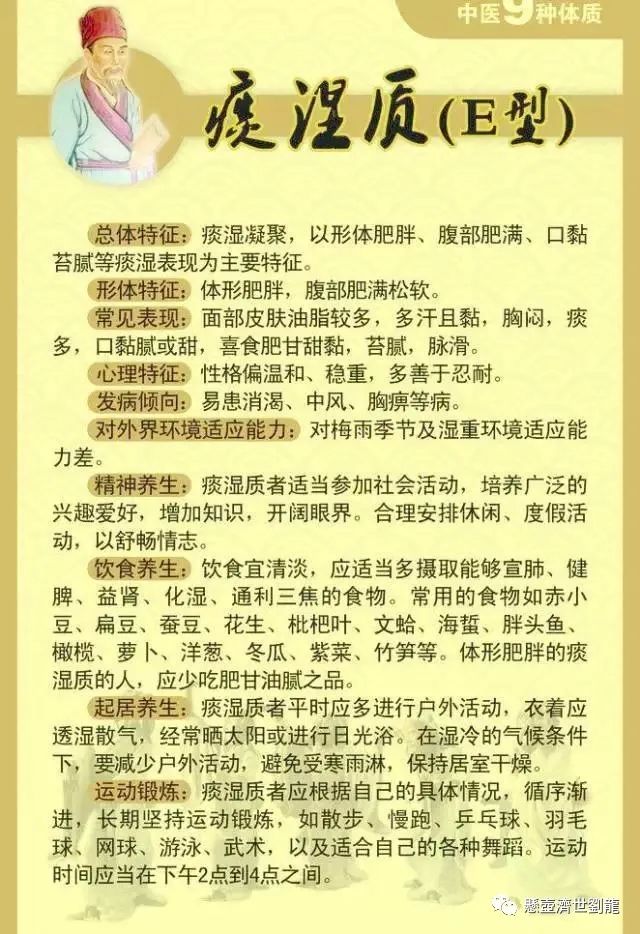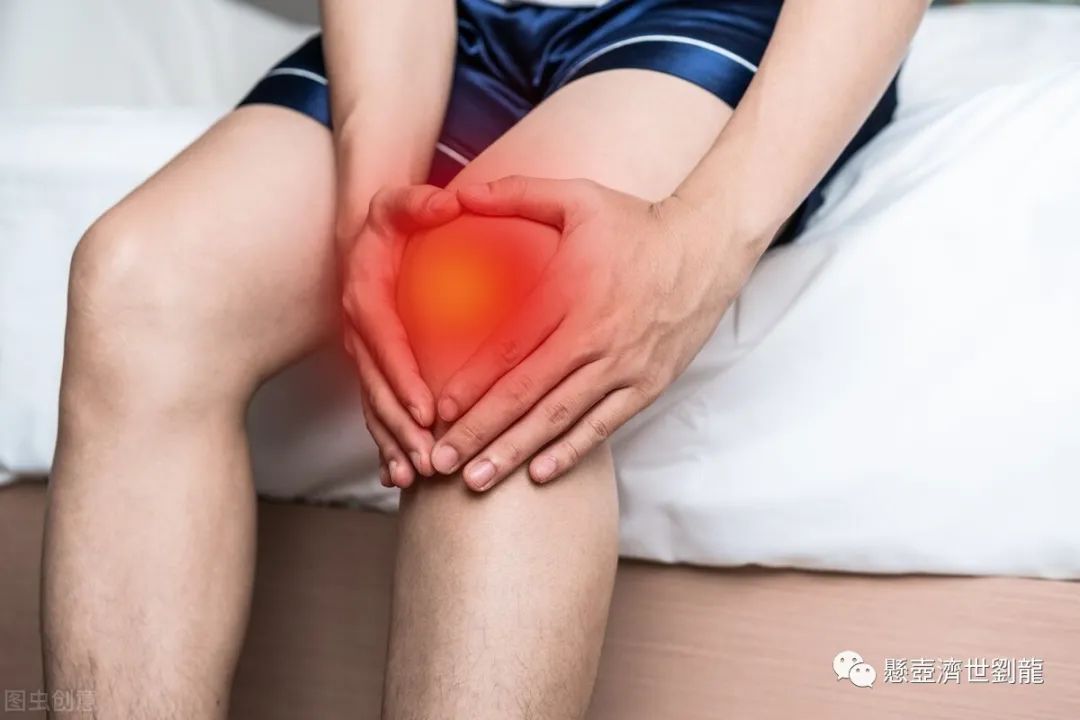

 What is Phlegm-Dampness? Here, “phlegm” not only refers to the visible phlegm that can be coughed up or spit out, but also to the tangible phlegm. Those who often feel a sticky sensation in their mouth and find food unappetizing may have this condition. Upon examining her tongue, I noticed it was somewhat enlarged with tooth marks, the coating was white, thick, and greasy, and the pulse was slippery.
What is Phlegm-Dampness? Here, “phlegm” not only refers to the visible phlegm that can be coughed up or spit out, but also to the tangible phlegm. Those who often feel a sticky sensation in their mouth and find food unappetizing may have this condition. Upon examining her tongue, I noticed it was somewhat enlarged with tooth marks, the coating was white, thick, and greasy, and the pulse was slippery.
 In Traditional Chinese Medicine (TCM), it is said that phlegm-dampness is formed due to the dysfunction of water metabolism in the body, which is primarily governed by the spleen and stomach. When issues arise in the spleen and stomach, phlegm-dampness naturally occurs, leading to a series of adverse consequences.
In Traditional Chinese Medicine (TCM), it is said that phlegm-dampness is formed due to the dysfunction of water metabolism in the body, which is primarily governed by the spleen and stomach. When issues arise in the spleen and stomach, phlegm-dampness naturally occurs, leading to a series of adverse consequences.
Once phlegm-dampness forms in the body, it can have varying degrees of impact. If the phlegm-dampness is mild and remains latent for a long time, it can adversely affect physiological functions, gradually forming a specific bodily constitution known as phlegm-damp constitution.
If the phlegm-dampness is severe, it can lead to a pathological state known as phlegm-damp syndrome, especially when stimulated by internal or external factors.

Phlegm-damp syndrome refers to the accumulation of dampness and turbidity in the body due to spleen deficiency and improper distribution of fluids, leading to a series of clinical symptoms.
Various factors can lead to phlegm-damp syndrome, including external factors such as a humid living environment, exposure to water, rain, or external damp pathogens; and internal factors such as dysfunction in the lungs, spleen, kidneys, triple warmer, bladder, etc., resulting in fluid retention and dampness accumulation in the body.
Modern individuals often overconsume rich, fatty foods and cold, frozen items, leading to spleen yang deficiency, impaired transformation and transportation, and internal generation of dampness.
Children with congenital deficiencies and weak constitutions may have poor spleen and stomach function, leading to unfavorable water metabolism and internal generation of phlegm-dampness.
In modern society, negative emotions such as worry and depression can harm the spleen over time, leading to the accumulation of phlegm-dampness.

Clinically, phlegm-dampness can easily combine with other pathogenic factors, leading to complex and variable conditions. Phlegm-dampness stagnating in the heart can cause phlegm obstructing the heart or phlegm-heat disturbing the spirit.
Phlegm-dampness invading the lung can lead to phlegm-heat obstructing the lung, wind-phlegm attacking the lung, phlegm-qi intermingling, or fluid retention in the chest and hypochondrium.
Phlegm-dampness affecting the spleen and stomach can cause dampness obstructing the spleen, cold-dampness blocking, or damp-heat accumulation.
Phlegm-dampness stagnating in the liver and gallbladder can present as liver channel damp-heat or gallbladder depression with phlegm disturbance. Phlegm-dampness affecting the kidneys and bladder can lead to kidney deficiency with damp accumulation or bladder damp-heat.
Phlegm-dampness remaining in the skin can manifest as eczema, tinea, cold-damp joint pain, damp-heat joint swelling and pain, or wind-cold-damp joint pain.

Phlegm-dampness flowing through the meridians can cause numbness in the limbs, difficulty in flexion and extension, hemiplegia, or yin abscesses.
Phlegm-dampness affecting women can lead to obesity, menstrual irregularities, leukorrhea, and infertility.
Stubborn phlegm accumulation can lead to phlegm nodules, scrofula, goiter, or persistent phlegm.
Phlegm-qi disturbance can cause dizziness, fatigue, drowsiness, lightheadedness, and hair loss.
Due to the sticky and viscous nature of dampness, it is often difficult to treat clinically. We adhere to the theory that “the spleen is the source of phlegm production”; phlegm-dampness is the manifestation, and spleen deficiency is the root. “Those who are adept at treatment address the source of phlegm production”. By using warming and strengthening the spleen methods, we have achieved good clinical results in treating phlegm-damp syndrome from the perspective of the spleen and stomach.

When phlegm-dampness obstructs the spleen and stomach, their function is affected, leading to issues with food processing and transport, resulting in symptoms such as loss of appetite and lack of food flavor. Phlegm-dampness can also affect sleep; when it obstructs the heart vessels, it wraps around the heart like a wet paste, causing shortness of breath and insufficient blood nourishment, leading to palpitations and sleep disturbances. The gallbladder, being enveloped by this wet paste, feels oppressed and unable to breathe, which over time can lead to timidity and qi deficiency, making one easily startled. The retention of phlegm-dampness manifests as obesity. Phlegm-dampness blocks the normal pathways of fluid circulation, preventing the discharge of normal fluids, leading to the phenomenon of “people who are overweight gain weight even from drinking water”.
Those who dislike exercise and often sit are also prone to phlegm-dampness accumulation. Regular exercise helps promote the circulation of qi and blood in our bodies; prolonged sitting can hinder this circulation, causing some fluids to stagnate and lead to phlegm-dampness. The movement of qi, blood, and fluids in the body is like a river; it must flow continuously. Once there is a blockage, problems will arise.


Consultation WeChat ID

